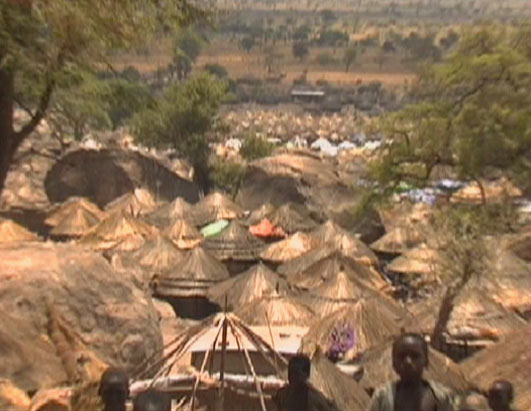Experts fear Uganda population explosion
By James Odongo AT 36, he appears worn out and twice his age. Sunrise comes when he has already made several turns in the garden yet the labour force from his 18 children is not enough to produce enough food for his expanding family. It is pathetic but Barnabas Okipi, a peasant in Soroti, symbolises the fertility rates now raising eyebrows. Providing for his many children weighs hard on him and yet he is not willing to stop producing children. At his age, he is capable of doubling the number of children he already has. Ugandan’s current population is 31.2 million and the fertility rate is 6.7 children per woman. The population is expected to have doubled by 2037 to 88.8 million. Comparative fertility rates show that Uganda has the highest population growth rate compared to Kenya-(4.7), Tanzania-(5.7), Malawi-(6.0) and Rwanda-(6.1). Presenting the findings on international population and development-plan of action at Soroti Hotel, Seth Wabende, the administrator of the National Planning Authority, said: “The population will grow rapidly due to high fertility. However, it will grow slowly if fertility declines in the coming decades.” According to a report from the Population secretariat, rapid population growth in rural areas hinders modernisation and has led to deforestation and land fragmentation. …

Lots of dying about to begin soon!
I absolutely love this man's dedication to destroying not only his environment, but his very species 🙂
Onwards to the catacombs he goes!